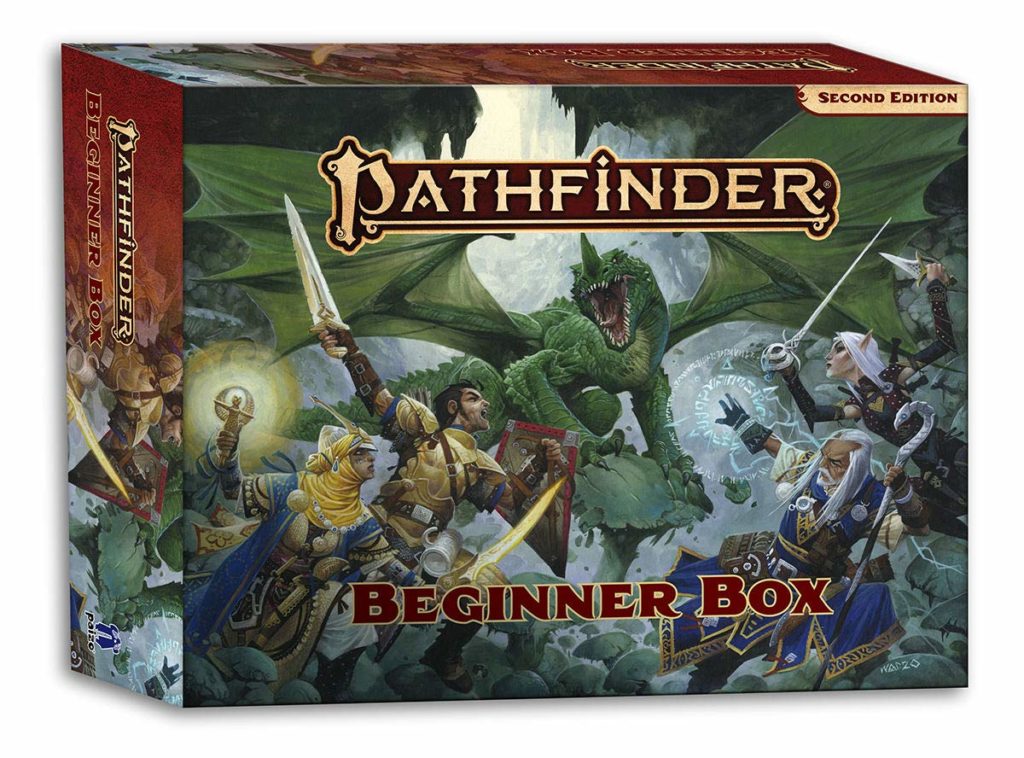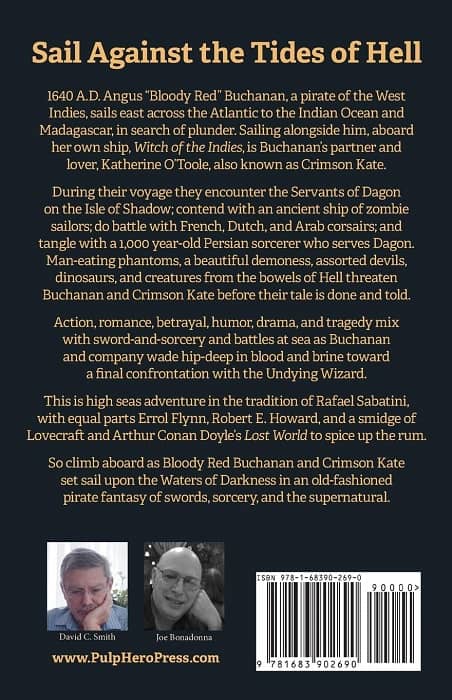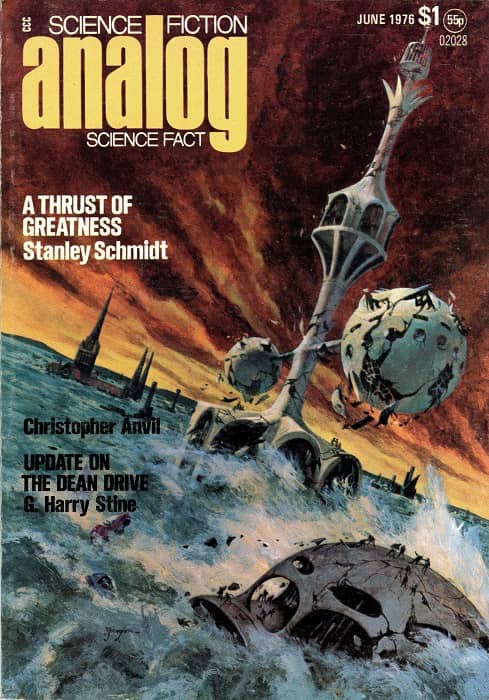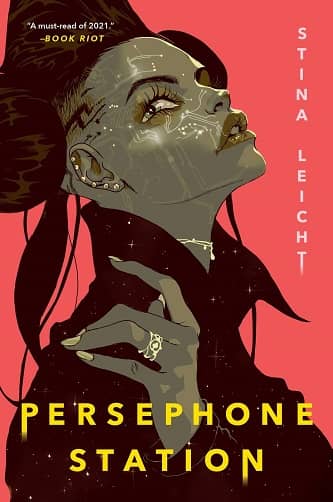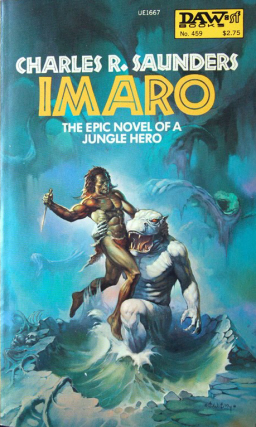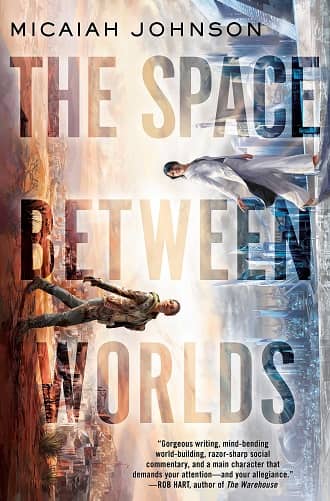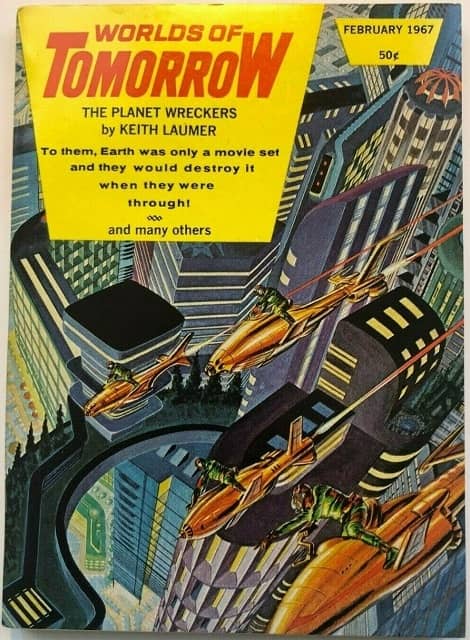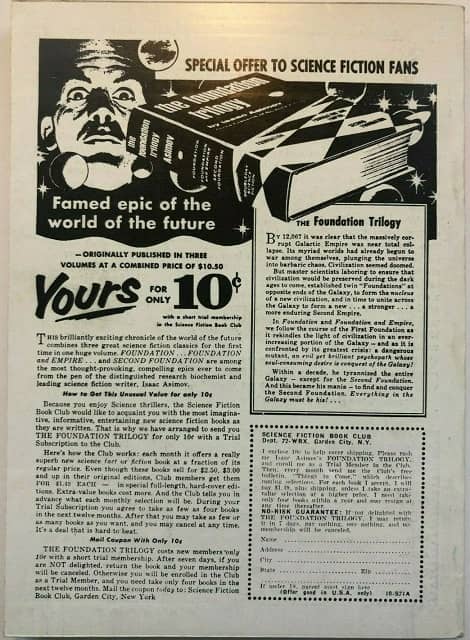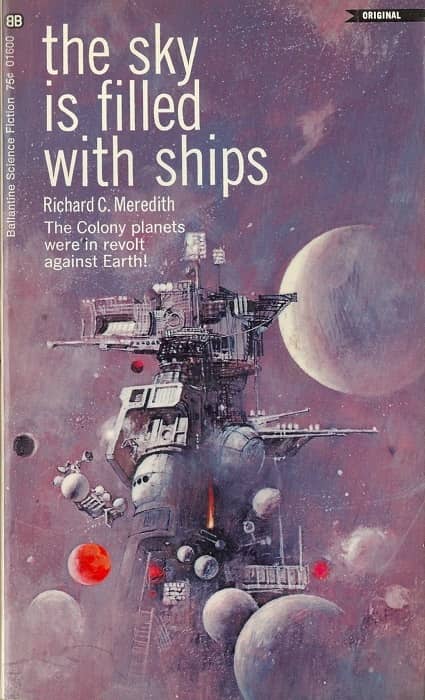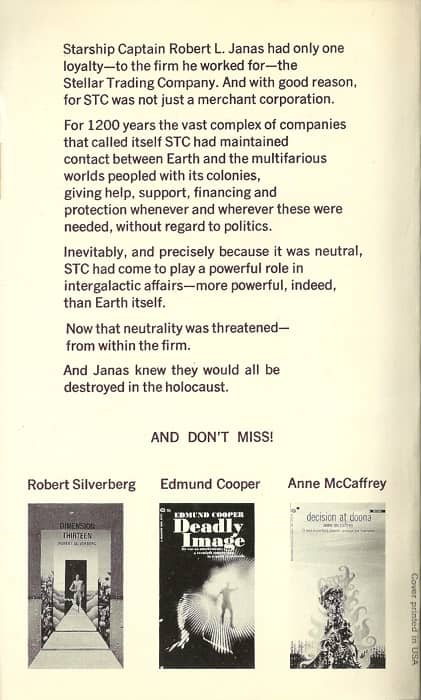A (Black) Gat in the Hand: More Cool & Lam from Hard Case Crime!
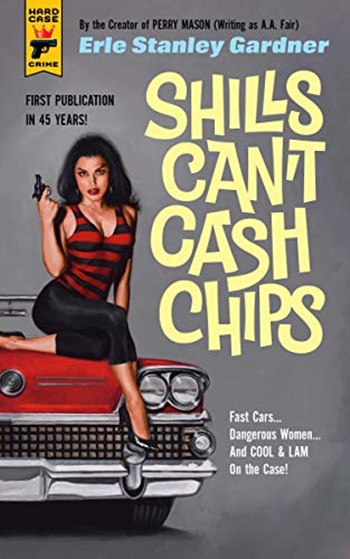 I say Erle Stanley Gardner, and you say…Ed Jenkins? Lester Leith? Paul Pry? Stop that!! All correct, but we were looking for Perry Mason. Probably the most famous defense lawyer in fiction, Mason made Gardner the best-selling author in the world at the time of his death. Raymond Burr is forever linked in minds as the picture of Mason.
I say Erle Stanley Gardner, and you say…Ed Jenkins? Lester Leith? Paul Pry? Stop that!! All correct, but we were looking for Perry Mason. Probably the most famous defense lawyer in fiction, Mason made Gardner the best-selling author in the world at the time of his death. Raymond Burr is forever linked in minds as the picture of Mason.
But my favorite books from Gardner are those featuring his duo of Cool and Lam. And Hard Case Crime has released their fourth and final volume featuring the mismatched pair. Top of the Heap, Turn on the Heat, and The Count of 9, were all previously reissued. And as I wrote about here, Hard Case published the previously unreleased second novel, The Knife Slipped. William and Morrow Company had objected to the content and declined to publish it upon completion. Gardner moved right along and wrote Turn on the Heat, which became number two, released in January of 1940. There would be twenty-seven more books, with the final, All Grass Isn’t Green, hitting shelves in 1970. And The Knife Slipped joined the list in 2016.
Kudos to Hard Case for getting some of this series back in print. The paperbacks from Dell and Bantam can be found used, but not always on the cheap. And getting them in good condition can be a bit difficult. I myself don’t even have all 29 yet, and I’m a C&L fanboy. It’s good that Hard Case has made it easy to buy a couple of these books. And of course, it was FANTASTIC to find a lost Cool and Lam title.
If you’ve not read Cool and Lam, the widowed Bertha Cool runs a detective agency, and she hires the disbarred, down on-his-luck Donald Lam: at slave wages. His cunning and sneakiness produce results and he pushes his way into a partnership in book five.
Bertha LOVES money. She basks in the fees that Donald brings in, but she incessantly complains about the razor-thin line he walks with the law. And about his expenses, which are not at all unreasonable. She’s just so cheap she makes Scrooge look generous.
This constant friction makes for an entertaining duo. As Donald writes,
‘At that, our partnership would probably have split up long ago if it hadn’t been so profitable. Money in the bank represented the most persuasive argument in Bertha’s life, and when wit came to a showdown where the dissolution of the partnership was threatened, Bertha could always manage to control her irascible temper.’
